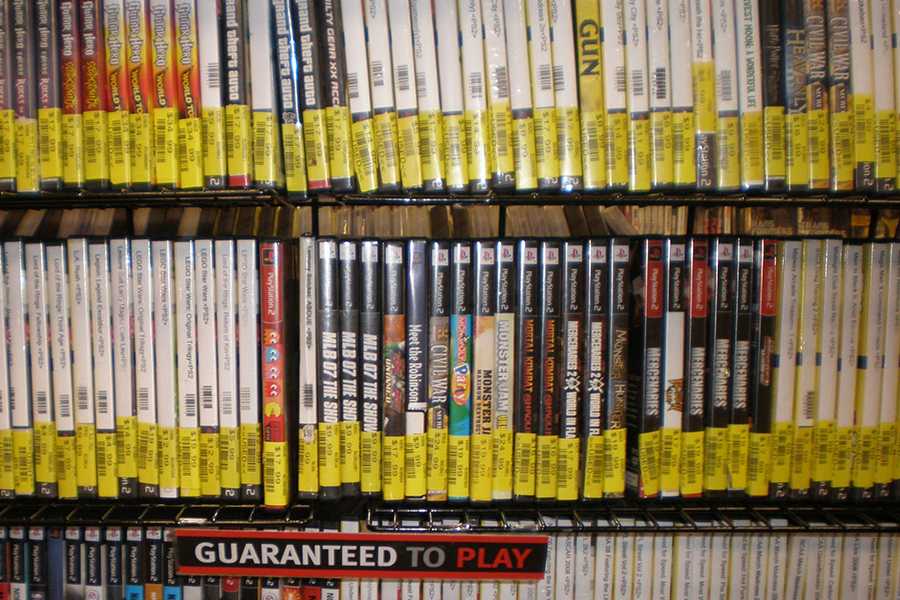A growing disconnect
Jake Roach's blog
First and foremost, the majority of this argument is based around the stance developed by TotalBiscuit, a YouTube commentator on video games. I wanted to get that out of the way first to give credit where credit is due.
Now, almost every person who has purchased a video game has purchased a used one, weather it be from Slacker’s or GameStop, or any store for that matter. Used games are generally a more attractive option due to them not only costing significantly less than it’s selifan wrapped counterpart, but also functioning just the same.
This seems like a great prospect, someone buys a game new, plays it, trades it in, and someone else comes along to pick up the scraps. This is a model seen in books, movies, music, etc. However, despite the apparent good nature of used games, they hurt more than help.
Let’s break this down. A company decides to create a game, let’s say an action adventure, and gets backing from a publishing company who believes their title will be successful. The company designing the game receives a certain amount of money to create a game, and uses it to develop great assets and make a great game.
Release day comes and the game sells great for about a week, then sales take a huge dive, resulting in the company not being able to have the funds to keep the game up to date, run servers for multiplayer, etc.
Why could this be? How do the sales fall off out of nowhere? The answer lies in companies like GameStop and Slacker’s. Although I avoid a trip to either of them, when I have gone I notice they push the sale of used games on potential customers content with paying the full retail price.
This sales tactic is a wolf in sheeps clothing. While it might seem like the innocent employee out for the customers best interest, the reality shows an employee only concerned with his or her commission check. You see, while the cost of used games is less for the customer, the profit margin for these companies is huge and bring in more money for those excuses of retail stores by cycling the same merchandise.
Money is taken directly out of the pocket of the developer and put into the pocket of these companies, resulting in poor, rushed, and unfinished games that developers are forced to consistently put out in order to, at the very least, break even on their investment.
Many people say these developers need to get over it. Other forms of media have been fine and actually have had success with used copies circulating. This is a very true, albeit a completely invalid, point. These other forms of media have things called income streams. For example, a band or musician doesn’t make all of their money off of sales of their record, in fact they don’t make very much of that at all. They make money off of merchandise, playing shows, having their music in other forms of media, etc.
Those streams don’t exist in video games. There is no sort of equivalent in gaming to a movie theater or a concert hall, it just doesn’t exist. Game developers make money from the sale of new copies of their game and that’s it. GameStop and companies like it couldn’t care less about giving the developer a cut of the used sale.
This wicked web is spun around developers in a place where they can’t get too close, but can’t run too far. Developers rush games to stores where they don’t usually break even and then those companies cycle used copies of the game, while developers are forced to pay to send out updates and run servers without seeing a dime of the used sales.
Clearly, there is an incredible gap in the video game industry. Generally there is a $5 difference in a new and used game. Spend the extra $5 and support the one who actually made the product, not the one who stocks the shelves.
Your donation will support the student journalists of Francis Howell Central High School. Your contribution will allow us to purchase equipment and cover our annual website hosting costs. FHCToday.com and our subsequent publications are dedicated to the students by the students. We hope you consider donating to allow us to continue our mission of a connected and well-informed student body.



